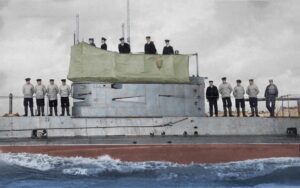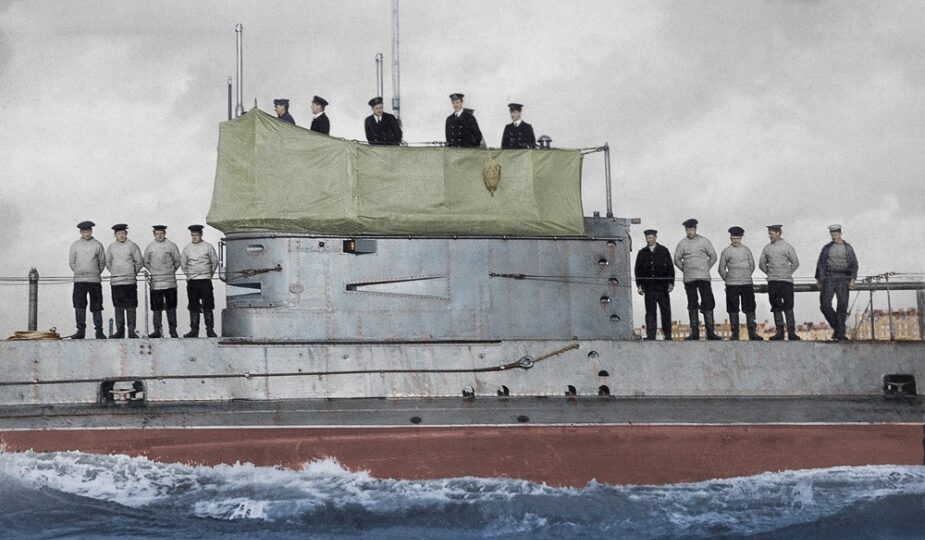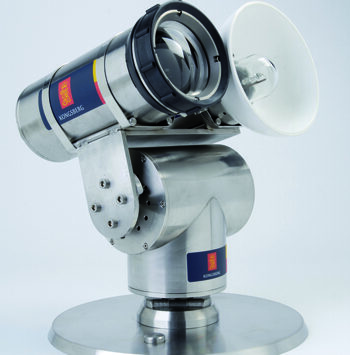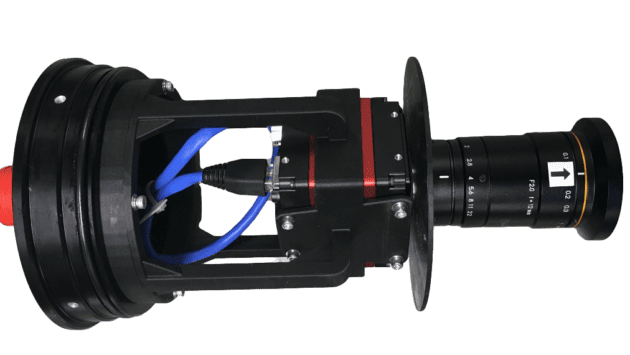From ANZAC Day to Modern Technology: The Evolution of Sea Mine Defences
Remembering the Past, Protecting the Future
On April 25th, 1915, the ANZAC troops landed on the Gallipoli peninsula, marking the beginning of one of the most significant campaigns of World War I. The troops, along with other Commonwealth Forces, held ground against a Turkish force, at almost impossible odds for the next eight months, who were determined to defend the death of their homeland. There is an interesting if tragic, link between Mine warfare and the landing of ANZACs on the Gallipoli Peninsula. One of the main reasons behind this operation was to neutralize the Turkish sea mine defences that were blocking the Dardanelles Strait, a crucial waterway that connected the Mediterranean and the Black Sea.
Modern technology has come a long way since the Gallipoli campaign during World War I and is now used to detect and clear sea mines safely. Autonomous underwater vehicles (AUVs) equipped with sonar and imaging equipment, laser-based systems, and acoustic detection systems are among the technologies used to detect and neutralise sea mines.
Despite these advances, the threat of sea mines remains. Many countries still rely on legacy mines laid decades ago, posing a risk to naval forces and global shipping routes. The continued development of new technologies and techniques is essential to address this threat and protect the safety and security of nations around the world. Minefields can seldom be used as complete substitutes for the activities of mobile forces, yet they can supplement these forces and act as a powerful force multiplier to enhance the effectiveness of a nation’s air, sea, and land forces. The sea mine defences posed a significant challenge for the Allies, as they were difficult to detect and clear.
On ANZAC Day, it is essential to remember the sacrifices made by ANZAC soldiers and the impact of the Gallipoli campaign on the war. The use of modern technology to address the threat of sea mines is a testament to the legacy of those who served and died during the war, and it shows how far we have come since the battles of the past.
Lest We Forget





